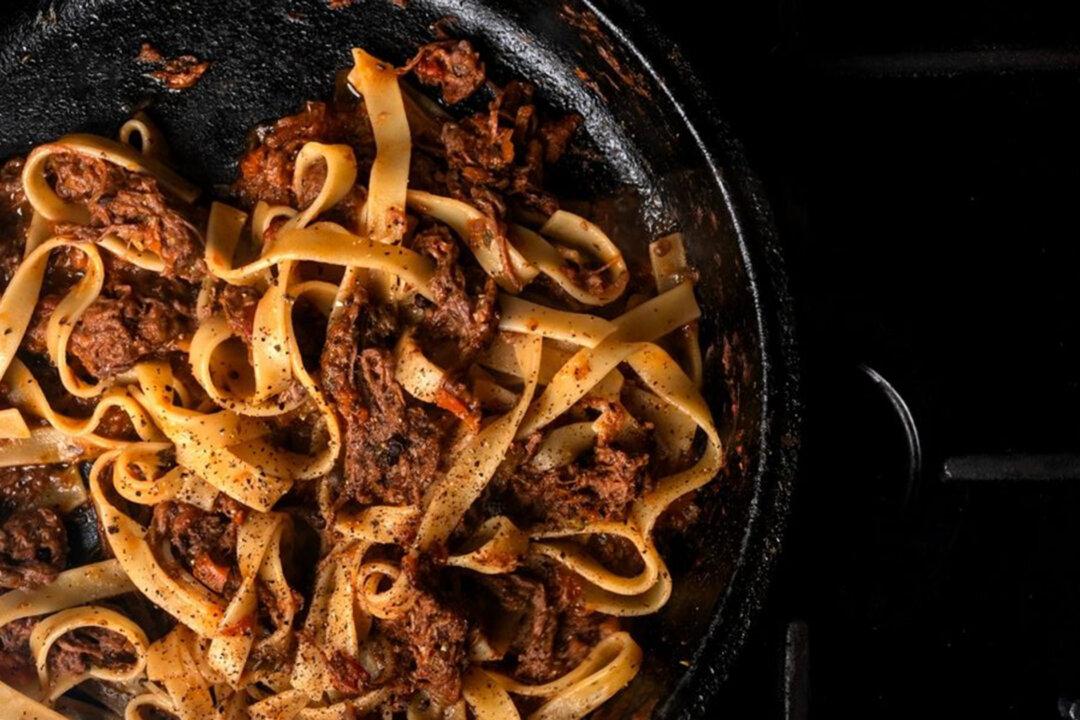“I don’t know why the name Bolognese became so famous, because the recipe you have in your country is not exactly what we call ragù,” says Barbara Zaccagni. She is not only a gourmet cooking instructor and founder of a cooking school—Il Salotto di Penelope—but also lives and teaches in Bologna, Italy. “First of all, we [the people of Bologna] don’t eat spaghetti with meatballs.”
A century or more ago, the vast majority of the Italian immigration to America was from the poorer south—Sicily, Napoli, Calabria—where dry pasta and tomato sauces were the norm. “We say ‘ragù’; they say ‘sugo,’” she explains. “Ours is based on meat. There is tomato, but just a little bit. Our ragù is drier, and not so red. Not swimming in tomato sauce.”





